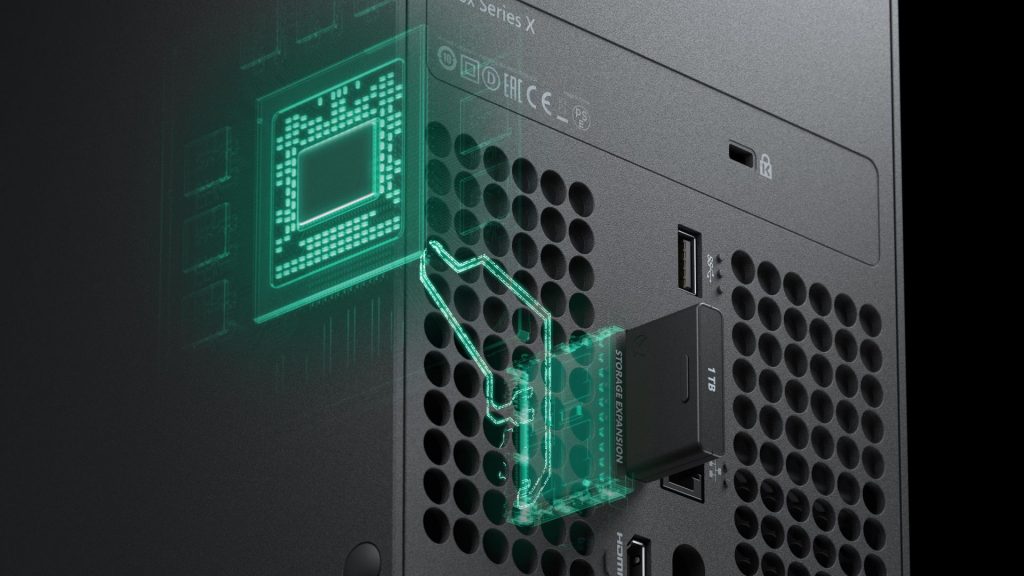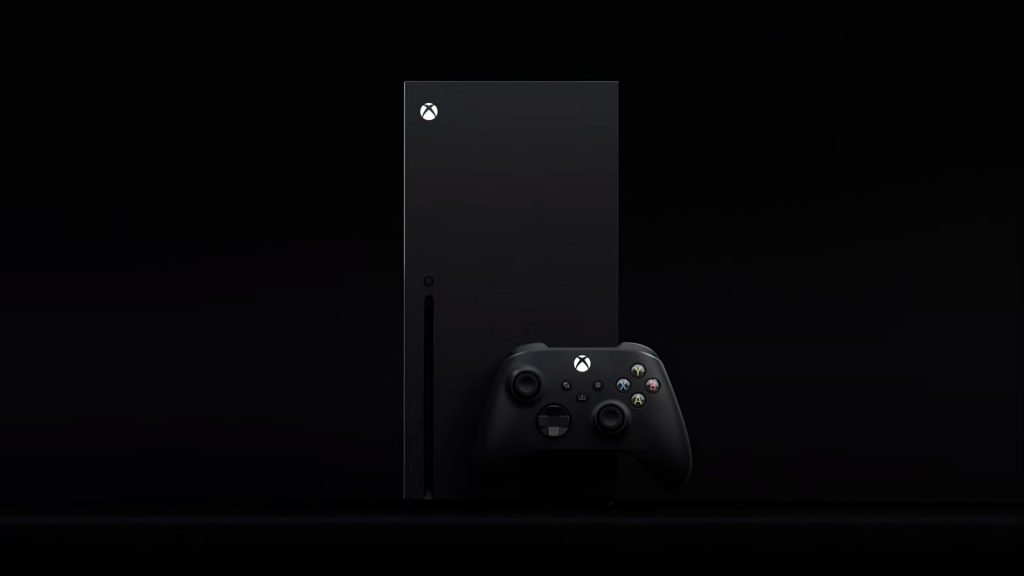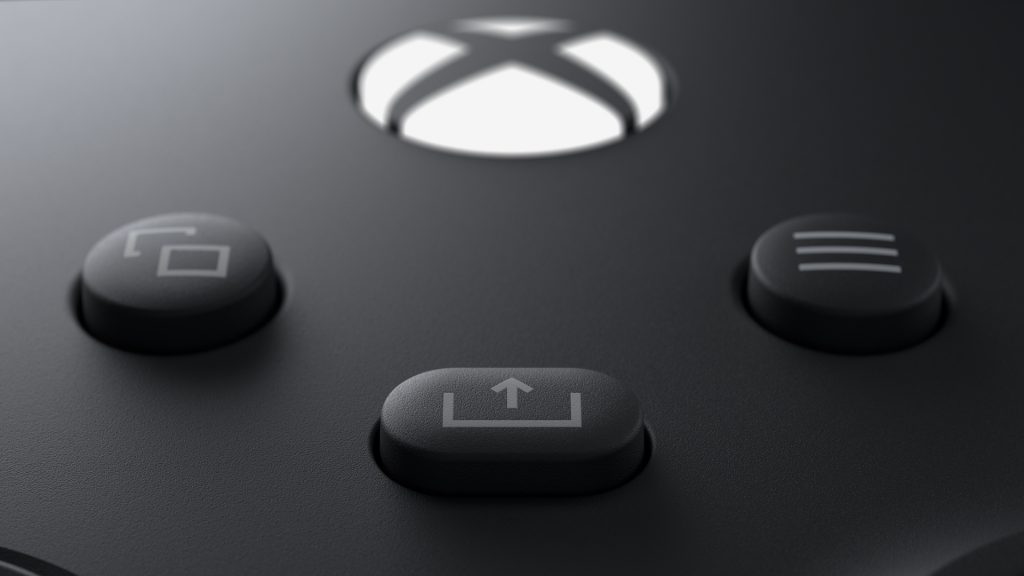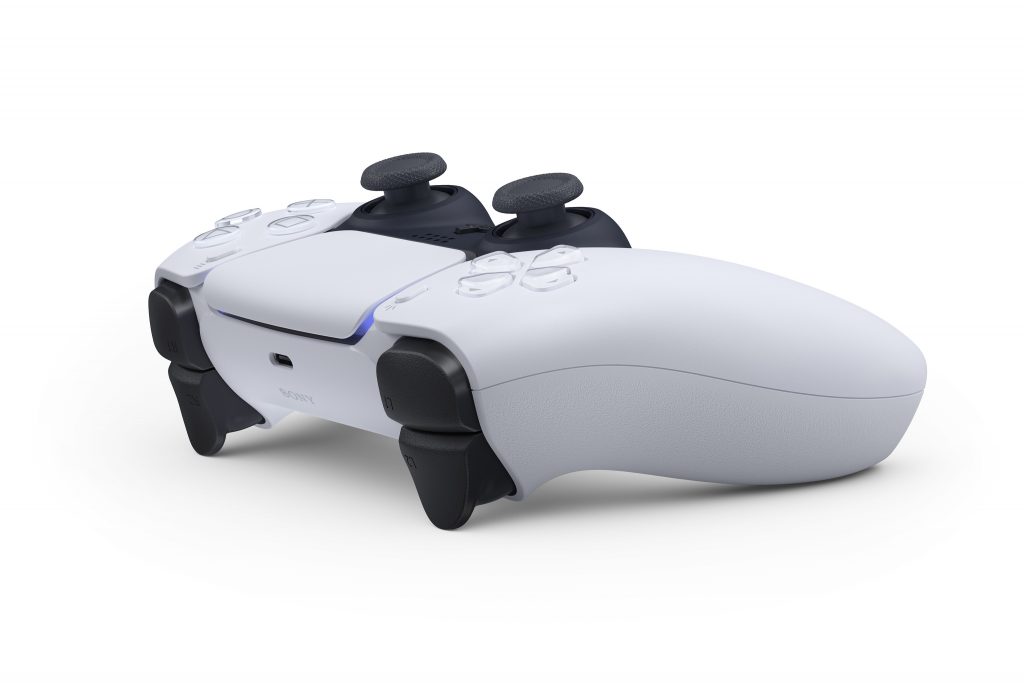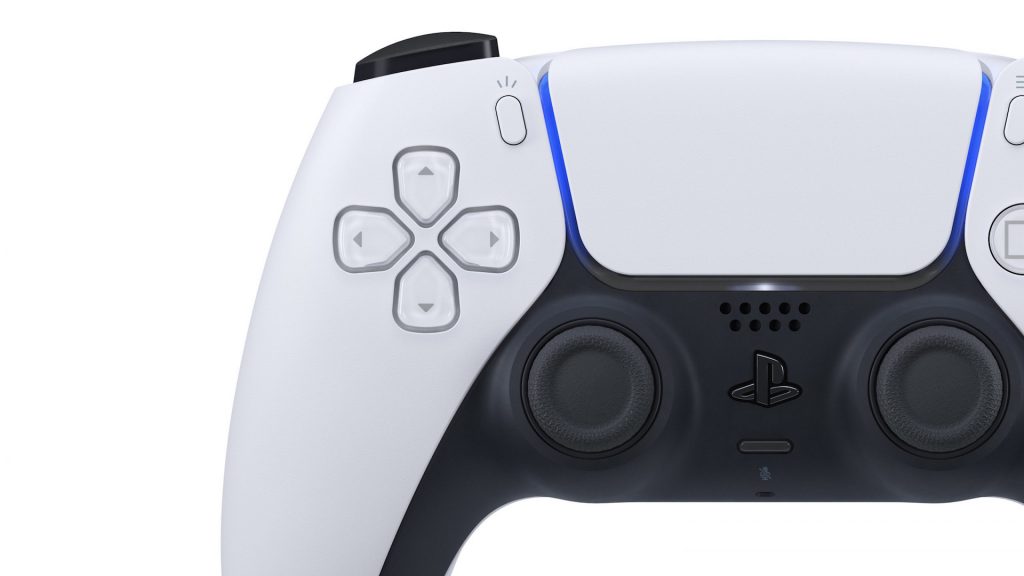
Much like the PlayStation 4 and Xbox One, the PlayStation 5 and Xbox Series X are x86-based platforms that have a lot in common with PC—and with each other. The Zen 2 CPUs and RDNA2 GPU configuration is very similar to what we expect to see in a number of upper midrange PC builds in 2020 and early 2021. However, both consoles have “secret sauce,” technologies that Microsoft and Sony have deployed that don’t have clear parallels in the PC space.
What are the implications of these secret sauce technologies? How will they impact performance and graphics fidelity? And will they compensate for the differences between the PS5 and Xbox Series X in terms of raw CPU and GPU horsepower?
Until we see actual, shipping games on both these platforms, it will be hard to come to objective conclusions. However, we’ll be taking a deep dive here to explore the secret sauce tech found on each of these platforms to better understand what’s going on and how developers will be able to leverage these unique, platform-specific functions.
Xbox Series X and the Velocity Architecture: Blurring the line between storage and memory
Historically, most computing platforms have used storage and memory in a tiered hierarchy. CPU cache was the smallest component, but delivered the fast data access. System memory was an order of magnitude slower than cache, and storage—typically hard drive storage—was an order of magnitude slower than that. Intelligent caching and buffering systems allowed systems to load data in and out of different tiers as and when needed. However, as memory speed and memory capacity increased at a fairly regular rate over the past years, console storage speeds-at least until now-didn’t change much at all.
In the eighth generation, the solution was to cache as much possible on system memory. This led to massive file sizes for games—with titles like Red Dead Redemption 2 hitting 100 GB or even more. Caching was critical to performance because storage on 5400 RPM console hard disks was incredibly slow—less than 1/10th of 1 percent of the speed of the PS4’s RAM pool. With the Xbox Series X, Microsoft tackled this issue by radically increasing the speed of the back end storage. The Xbox Series X’s 2400 MB/s SSD is still quite a bit slower than system memory.
However, it’s fast enough that many asset types—from audio recording to texture LODs—can be swapped in and out straight from the SSD without a perceptible performance hit relative to using system memory: with the faster SSD, data transfer operations can take place within the 16.6 ms window presented by a single, 60 Hz frame.
But how can developers utilise this without radically rethinking their approach to asset design? This is where Microsoft’s Velocity Architecture comes into the picture. Velocity Architecture is an integrated system combining the Xbox Series X’s high-speed SSD with sampler feedback streaming and DirectStorage to allow developers to directly stream up to 100 GB of assets off the SSD. Let’s take a look at the components that go into the Velocity Architecture.
Hardware decompression
As it is, the Xbox Series X’s SSD delivers 2400 MB/s of bandwidth. This is a tremendous amount relative to the hard disks found in other eighth gen consoles and on par fast, high-end NVMe solutions in the PC space.
However, in order to make the Velocity Architecture viable—to ensure that data transfer takes place within a budget of a few milliseconds—Microsoft took this a step further by adding in a hardware compression/decompression block. The hardware compression system is specifically tailored to address GPU texture data using the BCPack system. On-the-fly compression and decompression means that the Xbox Series X’s storage has an effective throughput of around 5.7 GB/s.
DirectStorage
The new compression block is complemented by DirectStorage, a new API for I/O calls which is drastically more efficient than existing I/O solutions. DirectStorage cuts the CPU overhead for data transfer and compression operations by an order of magnitude.
When handling data transfer operations at the Xbox Series X’s peak I/O rate, DirectStorage ensures that CPU overhead is limited to just 1/10th of a single Zen2 core. If it’s taken out of the picture, CPU overhead would increase by a factor of 50. DirectStorage ensures that the storage and I/O magic here doesn’t come at the expense of CPU performance. The CPU cycles freed up here could conceivably be used in other aspects of games, like AI, pathfinding, and world building.
Sampler Feedback Streaming
The last piece of the Velocity Architecture puzzle is SFS, or Sampler Feedback Streaming. Going back to our earlier point about caching on eighth-gen consoles, it’s important to realise that until date, caching approaching have been relatively naive.
A huge amount of redundant data is loaded onto memory “just in case” its needed at a given point of time. Sampler Feedback Streaming allows for far more intelligent caching. It allows the Xbox Series X to only load into system memory those portions of textures that will be used at a given point of time. And because the rest of the Velocity Archticture enables millisecond-scale data transfer, texture and other data can be swapped in and out of system memory and the SSD as needed, with no perceptible hit to performance.
The PlayStation 5’s SSD is far faster, however
Relatives to the Xbox Series X, Sony has evidently made some compromises on the CPU and GPU side of things. The PlayStation 5’s GPU is, at best, 15 percent slower than the Xbox SEries X. However, considering what we know about clockspeed scaling on Navi parts, it is most likely 20-30 percent slower. The PlayStation 5’s CPU also runs at lower cores. Where the Sony console excels, however, is in terms of its storage setup.
The PlayStation 5 has an incredibly fast SSD. Raw throughput is approximately 5.5 GB/S, which is equivalent to the Xbox Series X’s effective throughput with hardware compression factored in. Including hardware compression, the PlayStation 5’s SSD offers a a remarkable 9 GB/s of I/O throughput. To put this in perspective, this is nearly as fast as single channel DDR3 system RAM. The PlayStation 5’s SSD solution is nearly as fast as RAM. Looking at what Sony and Mark Cerny have said so far, Sony’s SSD appears to offer developers similar advantages to the Xbox Series X’s velocity architecture: minimal load times and the ability to use efficiently stream data off the SSD.
There’s been a lot of speculation about how this could impact game performance on the PlayStation 5, about whether a much faster SSD could offset CPU and GPU constraints. The answer right now is that’s it’s not clear, but that a faster SSD is unlikely to have significant implications when it comes to conventional rendering workloads.
Traditional GPU rendering workloads, including processing shader effects, geometry, and post-processing are not I/O bound. These operations would run at the same speed whether a game runs off an HDD or a super-fast SSD. However, there might be scenarios, such as LOD swapping where faster storage could result in meaningful better image a quality.
BCPack versus Kraken: which is better?
This is the last piece of the I/O puzzle. Sony’s Kraken compression algorithm was well-received upon announcement. It’s a big part of the reason why the PS5 is able to hit an effective throughput of nearly 10 GB/s. Microsoft, on the other hand, has been a lot less forthcoming about BCPack, its approach to compression.
Reports indicate that BCPack enables 50 percent or greater compresssion of game textures, which is substantially higher than what’s possible with Kraken. Again, at this point, there’s no way of knowing for sure what the actual performance impact is. It’s important to remember, though, that the Playstation 5 delivers over 2 times the raw I/O throughput of Xbox Series X and even a highly efficiently compression algorithm like BCPack is unlikely to full compensate for that.
Conclusion
Both the ninth-gen consoles look remarkably similar to high-end AMD-based PCs. Their storage configurations, however, are a key point of differentiation. We’ve never seen consoles with storage as fast as what the Xbox Series X and PlayStation 5 are offering. While “secret sauce” is often used to talk about advantages one console has over another, in this case, we’d argue that the “secret sauce advantage” here is the one both consoles have other PCs. We look forward to seeing how developers utilise radically faster storage in the ninth gen.








